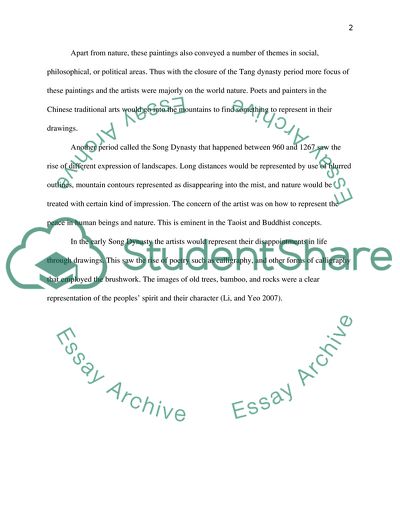Cite this document
(“Landscape art in Chinese traditional painting Assignment”, n.d.)
Landscape art in Chinese traditional painting Assignment. Retrieved from https://studentshare.org/visual-arts-film-studies/1592411-landscape-art-in-chinese-traditional-painting
Landscape art in Chinese traditional painting Assignment. Retrieved from https://studentshare.org/visual-arts-film-studies/1592411-landscape-art-in-chinese-traditional-painting
(Landscape Art in Chinese Traditional Painting Assignment)
Landscape Art in Chinese Traditional Painting Assignment. https://studentshare.org/visual-arts-film-studies/1592411-landscape-art-in-chinese-traditional-painting.
Landscape Art in Chinese Traditional Painting Assignment. https://studentshare.org/visual-arts-film-studies/1592411-landscape-art-in-chinese-traditional-painting.
“Landscape Art in Chinese Traditional Painting Assignment”, n.d. https://studentshare.org/visual-arts-film-studies/1592411-landscape-art-in-chinese-traditional-painting.


